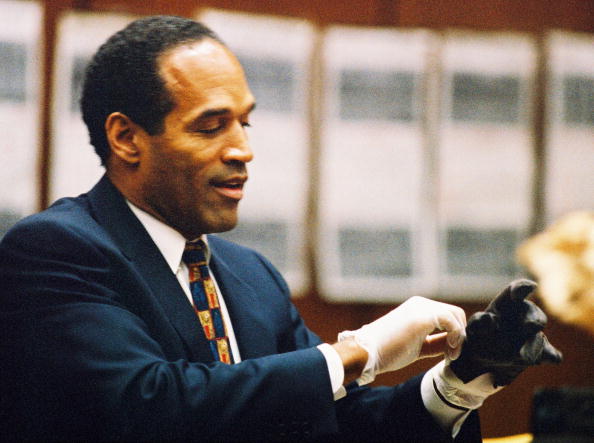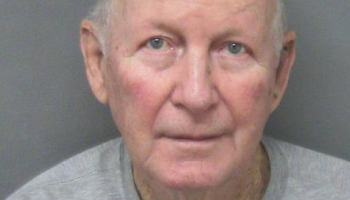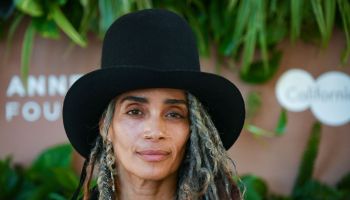We often hear facts about unemployment percentages, quantity of jobs added and the overall state of the economy. But how many times have you simply wondered what all of this really means? Who is actually impacted by “jobs created”? How do people find this employment? How many people of color are hired? And perhaps our greatest challenge as yet, how many of our youth are getting this work? The December jobs report indicated that employment rose by over 200,000, while the unemployment rate itself fell to 8.5%. While this is great news, let’s not forget the unfortunate reality that many of these jobs may not have reached our young people. As the mother of a teenage Black boy, I am increasingly concerned about his future, my own future and the fate of the next generation.
The month of July is typically the summertime peak for youth employment when kids are out of school and making some extra cash. And that is precisely why 2011’s July youth employment numbers were all the more troubling and frightening. According to the Bureau of Labor Statistics, only 48.8% — less than half — of all young folks aged 16 to 24 had a job. This was the lowest July rate on record for the series which began in 1948. For the first time in decades, American children faced diminished opportunities and a more unpredictable future than their parents. There was a time when a college education paved the way for increased prospects and guaranteed work. That unfortunately is far from reality now as even college grads find it impossible to obtain jobs while their mountains of debt continue to accrue. It is a grim reality that almost no one seems to be addressing. It’s partly why we saw the Occupy Wall St. protests emerge, and why more and more young people continue to join movements like ours – they know we’re at a pivotal moment.
Recently, in National Action Network’s Atlanta chapter, we held a youth mobilization panel that focused in part on creating opportunities for young people. We hold similar events around the country and work with young community leaders like 14-year-old Mary Pat Hector to address the concerns of young people and create solutions for combating this great problem. While NAN conducts national events like our rally for Jobs & Justice, each and every one of us can do something in the neighborhoods we live in.
If you’re an adult with a little bit of spare time, talk to some of the young folks near you, help them to see that their future isn’t all doomed.
Young people, if there’s absolutely no work available near you, try creating unique entrepreneurial ways of making money that utilize your skills like selling paintings, singing at a neighborhood venue, creating a new video game, etc.
And even though you may not want to, volunteering somewhere like a hospital or community group may actually lead to paid work soon.
In this still tough economy, it’s important to remember to think out of the box and not lose hope. Yes, there may be seemingly endless obstacles before you – even more so than my generation faced – but there are also more things at your disposal. Don’t forget about social media and technology; things we didn’t have as readily available when I was a teenager. No one is saying that the road ahead will be easy, but we must not lose focus. While we continue the political fight to keep attention on the unemployed and the plight of the suffering (including young folks), the youth of this country must stay just as vigilant on pushing their vision forward. It’s a message I tell my own son every day: if you don’t mobilize and create a voice, no one will hear you.http://newsone.com/newsone-original/boycewatkins/why-black-people-dont-mind-spanking-their-kids/
















